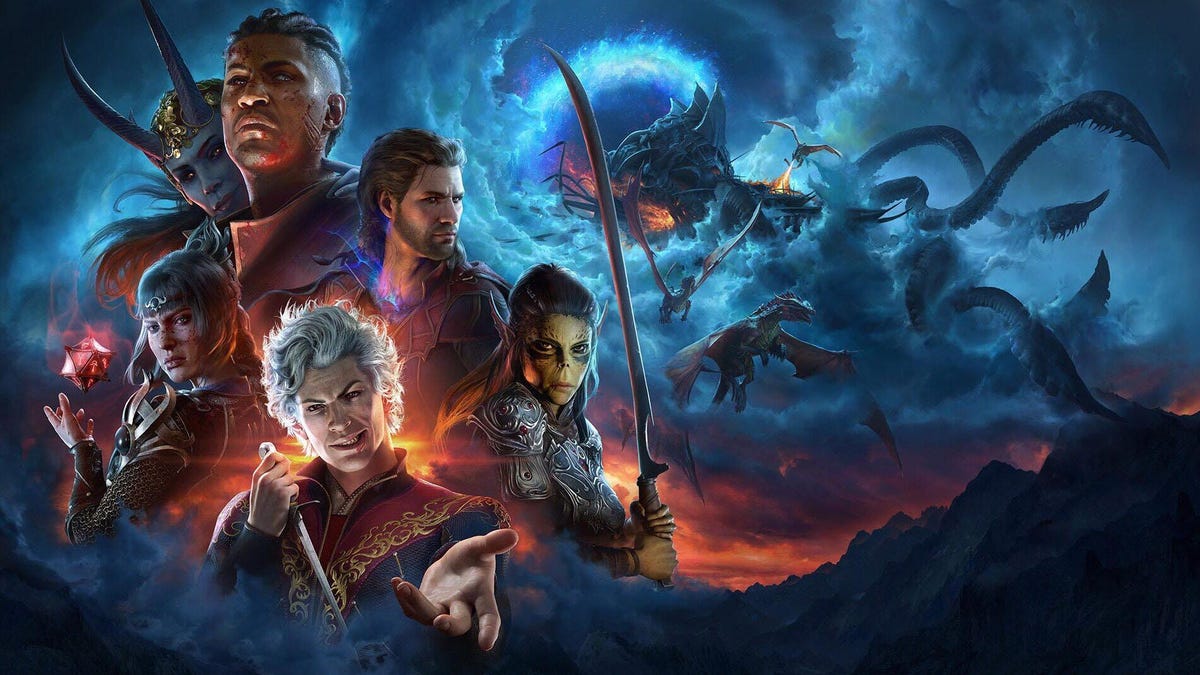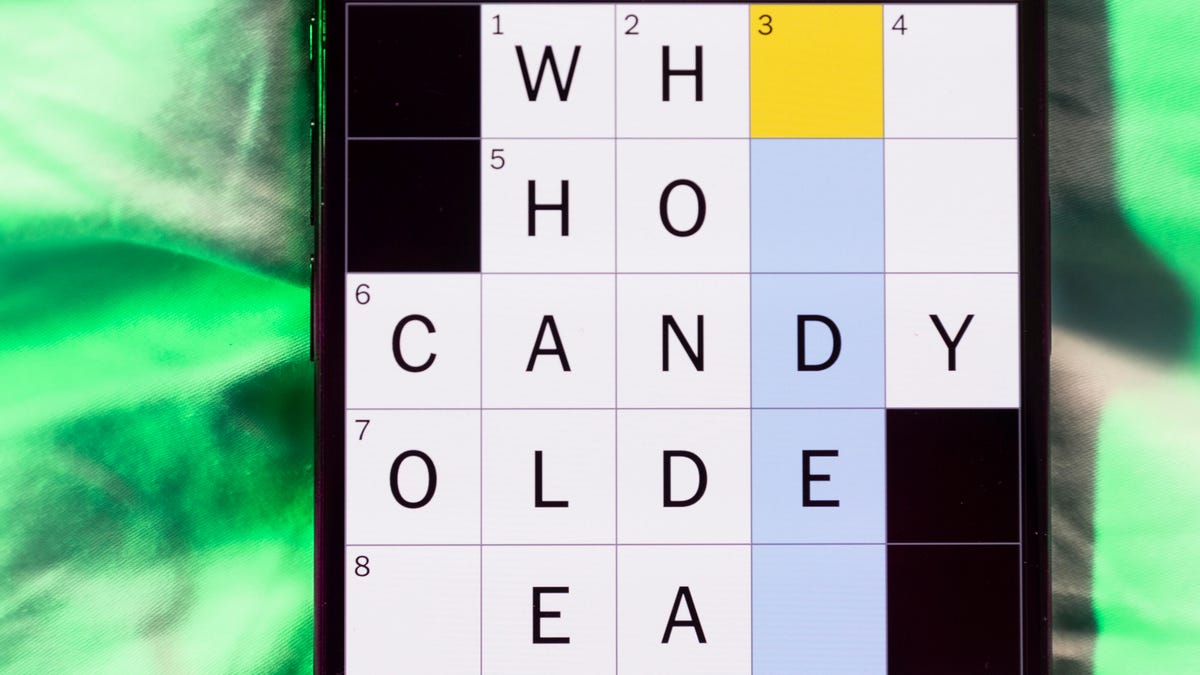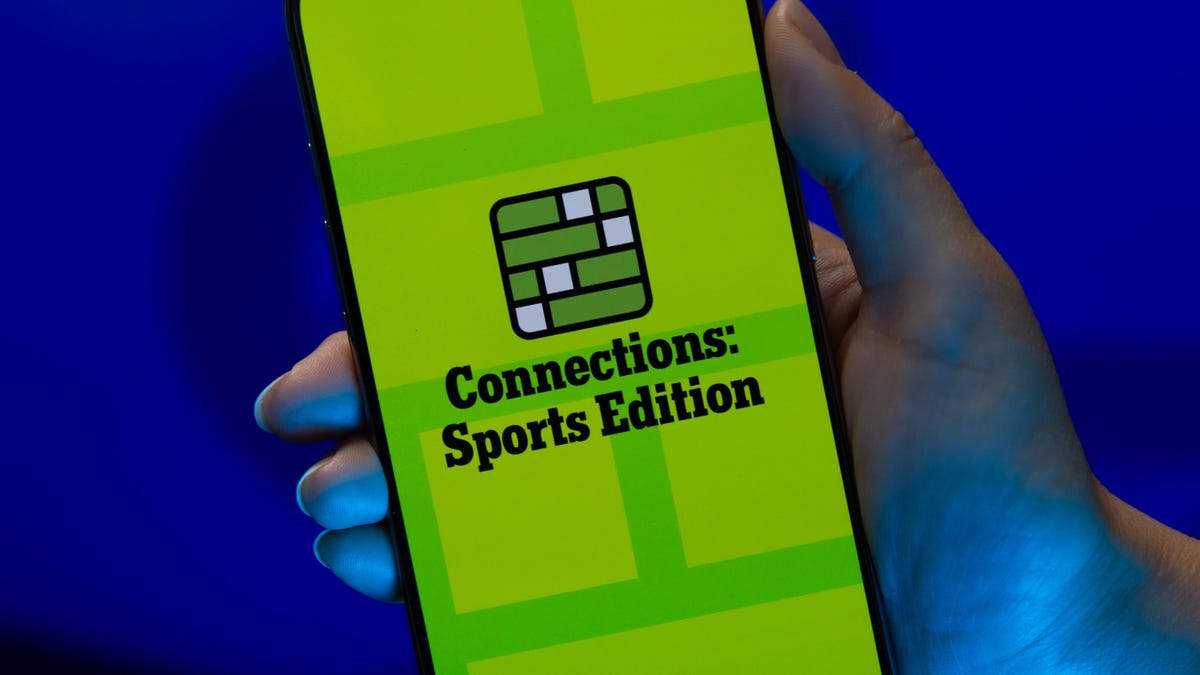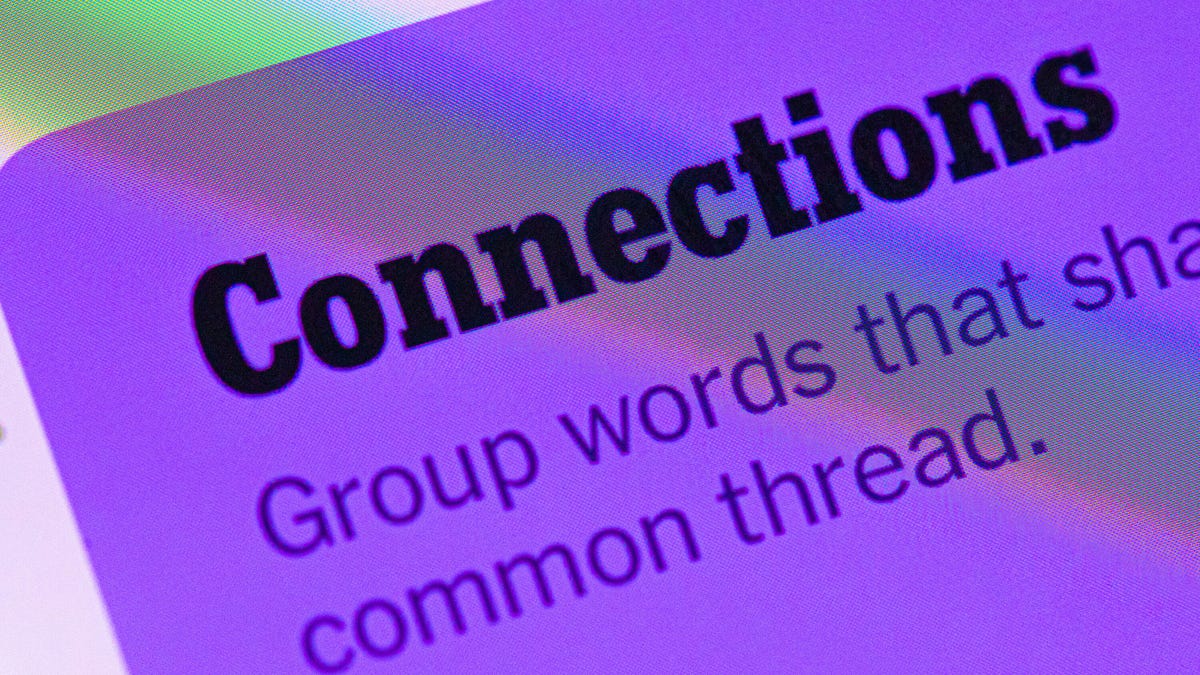Technologies
Baldur’s Gate 3’s Final Patch Adds Cross-Play, 12 New Subclasses and Photo Mode
Larian Studios’ final big update includes major gameplay elements and new screen capture tools, plus fun surprises to send off the game in style.

Baldur’s Gate 3 is closing out its development with a massive final patch, and it’s a gift to fans who’ve stuck with one of our best PC games since launch.
Larian Studios’ Patch 8 is officially the last major content update for the role-playing game, but it’s much more than just bug fixes. This latest patch introduces cross-platform multiplayer, an all-new photo mode and a full set of new subclasses that shake up how every class plays. In short, it’s a major update, and one that cements the game’s legacy as the studio prepares to move on.
Whether you’re just getting your sea legs with a brand-new game of Baldur’s Gate or you’re a seasoned player ready to see it through to the end, here’s everything that’s packed into this epic send-off.
Cross-play means no more walls between platforms
The biggest feature in Patch 8 is full cross-play across PC, Mac, PlayStation 5 and Xbox Series X|S. You can now jump into multiplayer sessions with friends on any supported platform, with cross-save support also letting you carry your progress between devices if you’re using a linked Larian account.
Getting started is simple: Connect your game to your Larian profile, enable cross-play in the gameplay settings, and add friends using their Larian usernames. After that, you’re free to join or host multiplayer sessions no matter what system you or your friends are playing on.
Mod support is also part of the mix, but with some caveats. Everyone in a cross-play session needs the exact same mod setup, and console users are capped at 100 mods. Mods must be installed via Larian’s in-game manager (not through third-party tools), so keep that in mind when you’re looking for a new favorite to try out.
A dozen new subclasses refresh every class
Each of the game’s 12 core classes now has a brand-new subclass option, expanding the possibilities for players who want to try something different in their next campaign. Whether you’re into arcane sniping, necrotic magic or charming enemies into submission, there’s a new flavor for everyone.
Some highlights include the Swashbuckler for Rogues, bringing fast, flashy melee combat; the Circle of Stars for Druids, which draws on celestial energy; and the Hexblade for Warlocks, who forge pacts with sentient weapons.
These subclasses aren’t just cosmetic changes — they include unique mechanics, new spells and custom animations that meaningfully change how each character plays. Here’s the complete list of new subclasses you can now choose from:
- Path of the Giant Barbarian
- College of Glamour Bard
- Death Domain Cleric
- Circle of Stars Druid
- Arcane Archer Fighter
- Way of the Drunken Master Monk
- Oath of the Crown Paladin
- Swarmkeeper Ranger
- Swashbuckler Rogue
- Shadow Magic Sorcerer
- Hexblade Warlock
- Bladesinging Wizard
You can unlock each new subclass after you reach each required level, which will change depending on your class. For instance, a Cleric, Sorcerer, Paladin or Warlock can choose a new subclass at Level 1, but a Druid and Wizard must wait until Level 2. A Barbarian, Bard, Fighter, Monk, Ranger or Rogue must wait until Level 3.
Photo mode is a game changer for creators
If you’ve ever wanted to freeze the action and line up the perfect screenshot (or just fawn over Astarion in the moonlight), now’s your chance. Patch 8 for Baldur’s Gate 3 introduces an official photo mode, and it’s more than just a camera tool. Players can adjust lighting, add filters, change facial expressions, shift character poses and more — all in real time.
Photo mode can be activated by pressing F9 on PC or clicking both thumbsticks on a controller. You can use it during combat or exploration, though it won’t be available during dialogue or prerendered scenes. Once snapped, images are saved directly to your system, whether you’re on a PC, a Mac or a console.
Steam cards, modding tools and a farewell short
Patch 8 for Baldur’s Gate 3 gives PC players something extra to look forward to: Steam Trading Cards are now live. Collecting them lets you craft profile badges and unlock exclusive emotes and backgrounds tied to Baldur’s Gate 3.
The patch also brings improvements to Larian’s official modding tools. Creators now have more freedom to add NPCs, create interactive environments and build new experiences within the existing world — though editing fixed terrain is still off-limits for now.
To mark the arrival of the final Baldur’s Gate 3 update, Larian released a lighthearted animated short featuring the game’s main cast and a cameo from studio founder Swen Vincke. It’s a charming little tribute that reminds players just how much personality the team brought to this RPG. If you haven’t played it yet, you’re probably going to want to after this.
No DLC coming, but support continues
Larian has confirmed that Patch 8 is the final major update for Baldur’s Gate 3. There are no expansions or sequels in the pipeline, and the team is officially moving on to new projects. However, that doesn’t mean the game is being left behind entirely. Bug fixes, quality-of-life tweaks and backend improvements will continue for the foreseeable future.
In the meantime, this final patch is a powerful way to wrap up this epic role-playing game. It smooths out rough edges, adds meaningful content and gives players new tools to enjoy the game in even more creative ways. Whether you’re rolling a new character, testing out a subclass or finally convincing your Xbox friend to join your campaign, Patch 8 makes Baldur’s Gate 3 feel new again, just in time to say goodbye.
You can read the full patch notes here.
Technologies
Today’s NYT Mini Crossword Answers for Friday, Dec. 26
Here are the answers for The New York Times Mini Crossword for Dec. 26.

Looking for the most recent Mini Crossword answer? Click here for today’s Mini Crossword hints, as well as our daily answers and hints for The New York Times Wordle, Strands, Connections and Connections: Sports Edition puzzles.
Need some help with today’s Mini Crossword? Some of the clues are tough today — I thought maybe 1-Across was referring to the Grinch, or even Oscar the Grouch, but was I ever wrong! Read on for all the answers. And if you could use some hints and guidance for daily solving, check out our Mini Crossword tips.
If you’re looking for today’s Wordle, Connections, Connections: Sports Edition and Strands answers, you can visit CNET’s NYT puzzle hints page.
Read more: Tips and Tricks for Solving The New York Times Mini Crossword
Let’s get to those Mini Crossword clues and answers.
Mini across clues and answers
1A clue: Furry and green, say
Answer: MOSSY
6A clue: State known for its potatoes
Answer: IDAHO
7A clue: Like a faithful friend
Answer: LOYAL
8A clue: Had a beverage
Answer: DRANK
9A clue: Pronoun frequently paired with «her»
Answer: SHE
Mini down clues and answers
1D clue: Not spicy, as salsa
Answer: MILD
2D clue: Reasons for wrinkled noses
Answer: ODORS
3D clue: Words from a doctor checking your tonsils
Answer: SAYAH
4D clue: Comedian Gillis
Answer: SHANE
5D clue: Part of an egg used to make hollandaise sauce
Answer: YOLK
Don’t miss any of our unbiased tech content and lab-based reviews. Add CNET as a preferred Google source.
Technologies
Today’s NYT Connections: Sports Edition Hints and Answers for Dec. 26, #459
Here are hints and the answers for the NYT Connections: Sports Edition puzzle for Dec. 26, No. 459.

Looking for the most recent regular Connections answers? Click here for today’s Connections hints, as well as our daily answers and hints for The New York Times Mini Crossword, Wordle and Strands puzzles.
Today’s Connections: Sports Edition is a tough one. That purple category once again has players looking for a different, but related, hidden word in four of the clues. If you’re struggling with today’s puzzle but still want to solve it, read on for hints and the answers.
Connections: Sports Edition is published by The Athletic, the subscription-based sports journalism site owned by The Times. It doesn’t appear in the NYT Games app, but it does in The Athletic’s own app. Or you can play it for free online.
Read more: NYT Connections: Sports Edition Puzzle Comes Out of Beta
Hints for today’s Connections: Sports Edition groups
Here are four hints for the groupings in today’s Connections: Sports Edition puzzle, ranked from the easiest yellow group to the tough (and sometimes bizarre) purple group.
Yellow group hint: Big Apple jock.
Green group hint: College football fun.
Blue group hint: On the road.
Purple group hint: Hunt down a word in other words.
Answers for today’s Connections: Sports Edition groups
Yellow group: A New York athlete.
Green group: Bowl games.
Blue group: Associated with a team road trip.
Purple group: Ends in a movement verb.
Read more: Wordle Cheat Sheet: Here Are the Most Popular Letters Used in English Words
What are today’s Connections: Sports Edition answers?
The yellow words in today’s Connections
The theme is a New York athlete. The four answers are Islander, Net, Ranger and Yankee.
The green words in today’s Connections
The theme is bowl games. The four answers are Alamo, Gator, Liberty and Pinstripe.
The blue words in today’s Connections
The theme is associated with a team road trip. The four answers are bus, flight, hotel and visiting locker room.
The purple words in today’s Connections
The theme is ends in a movement verb. The four answers are foxtrot (trot), newsprint (sprint), terrace (race) and thunderbolt (bolt).
Don’t miss any of our unbiased tech content and lab-based reviews. Add CNET as a preferred Google source.
Technologies
Today’s NYT Connections Hints, Answers and Help for Dec. 26, #929
Here are some hints and the answers for the NYT Connections puzzle for Dec. 26 #929

Looking for the most recent Connections answers? Click here for today’s Connections hints, as well as our daily answers and hints for The New York Times Mini Crossword, Wordle, Connections: Sports Edition and Strands puzzles.
Today’s NYT Connections puzzle is full of fun pop-culture references. Read on for clues and today’s Connections answers.
The Times has a Connections Bot, like the one for Wordle. Go there after you play to receive a numeric score and to have the program analyze your answers. Players who are registered with the Times Games section can now nerd out by following their progress, including the number of puzzles completed, win rate, number of times they nabbed a perfect score and their win streak.
Read more: Hints, Tips and Strategies to Help You Win at NYT Connections Every Time
Hints for today’s Connections groups
Here are four hints for the groupings in today’s Connections puzzle, ranked from the easiest yellow group to the tough (and sometimes bizarre) purple group.
Yellow group hint: Golden state cliches.
Green group hint: Funny films.
Blue group hint: Rock on.
Purple group hint: Not white.
Answers for today’s Connections groups
Yellow group: California-based character tropes.
Green group: Comedy subgenres.
Blue group: ’70s rock bands.
Purple group: Black ____.
Read more: Wordle Cheat Sheet: Here Are the Most Popular Letters Used in English Words
What are today’s Connections answers?
The yellow words in today’s Connections
The theme is California-based character tropes. The four answers are movie exec, surfer, tech bro and Valley Girl.
The green words in today’s Connections
The theme is comedy subgenres. The four answers are buddy, cringe, screwball and stoner.
The blue words in today’s Connections
The theme is ’70s rock bands. The four answers are America, Chicago, Foreigner and Journey.
The purple words in today’s Connections
The theme is black ____. The four answers are Forest, Friday, Panther and Widow.
Don’t miss any of our unbiased tech content and lab-based reviews. Add CNET as a preferred Google source.
-

 Technologies3 года ago
Technologies3 года agoTech Companies Need to Be Held Accountable for Security, Experts Say
-

 Technologies3 года ago
Technologies3 года agoBest Handheld Game Console in 2023
-

 Technologies3 года ago
Technologies3 года agoTighten Up Your VR Game With the Best Head Straps for Quest 2
-

 Technologies4 года ago
Technologies4 года agoBlack Friday 2021: The best deals on TVs, headphones, kitchenware, and more
-

 Technologies4 года ago
Technologies4 года agoVerum, Wickr and Threema: next generation secured messengers
-

 Technologies4 года ago
Technologies4 года agoGoogle to require vaccinations as Silicon Valley rethinks return-to-office policies
-

 Technologies4 года ago
Technologies4 года agoOlivia Harlan Dekker for Verum Messenger
-

 Technologies4 года ago
Technologies4 года agoiPhone 13 event: How to watch Apple’s big announcement tomorrow
